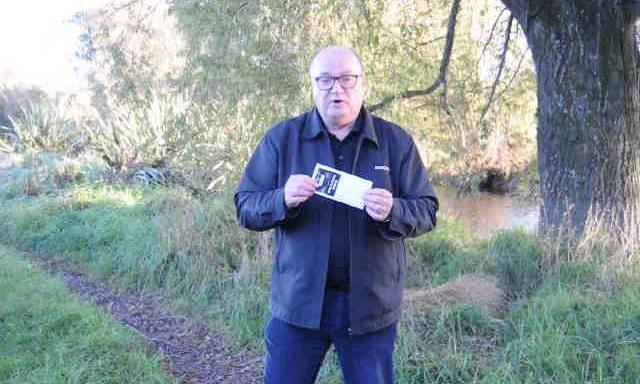Find out what’s lurking in your backyard with the Predator-Free Discovery Kit. Easy-to-use rodent detection chew cards are specifically designed to detect small mammalian pests, principally rodents but also possums and other pest species.
Warning! Contains peanuts
Place a rodent detector card in your backyard, where you think rodents or other small mammal pests might be active. These can be folded in half and nailed to a tree, fence, or secured anywhere the card will stay in place.
The cards contain a peanut based, non-toxic lure to attract rodents (and possums). If rodents are present, they’ll chew on the cards, leaving bite marks. The bite marks will help you identify what type of rodent it is. Make sure you monitor the card every few days to see if there has been any activity. Once you have confirmation of rat or mice activity you can set up your bait station and/or traps in the right area.
Directions
- Identify a tree, fence post, or other locations where pests may be active and where the Detector Cards can be fixed. The cards are non-toxic and will not harm pets or other non-target animals, but interference by pets or non-targets will make detection of pests difficult.
- Wearing clean gloves, fold the Detector Card in half to make a tent shape. The lure will be on the side edges.
- Keeping the tent shape, nail the Detector Card to your chosen location about 30cm* off the ground. The top half should sit at a 45-90° angle.
- You can check the cards daily but leave them in place for at least 7 nights to be confident of detecting any rodents or pests present.
- If no marks are seen in the cards after 7 nights, you can leave the cards in place to detect any pests moving into the area, or move it to a different location.
- If you find chew marks on the card you can identify the animal/s causing the marks using the detection guide.
Possums – tend to crush the core flute to squeeze the lure out. Teeth marks are broad curves 4.5-7mm wide.
Rats – tend to gnaw through the core flute leaving jagged edges. Teeth marks are about 2mm wide.
Mice – tend to gnaw lines up the channels of the core flute. Teeth marks are about 1mm wide.
Hedgehog – If hedgehogs are to be detected the cards should be located close to the ground. Hedgehogs typically crush the edge of the cards. Teeth marks are pairs of indentations about 4mm apart.
Interpretation: See a summary of Pest Detection Chew Card Interpretation for more detailed information and interpretation of marks from other animals.
Note: There are some insects and other invertebrates that may leave very ragged edges and eat along the core flute channels on a very fine scale, unlike the much smoother profile produced by mice. - If you are unable to identify the animal with confidence you can send clear photographs of the marks to predatorfree@kiwicare.co.nz.
Click below for more information...


